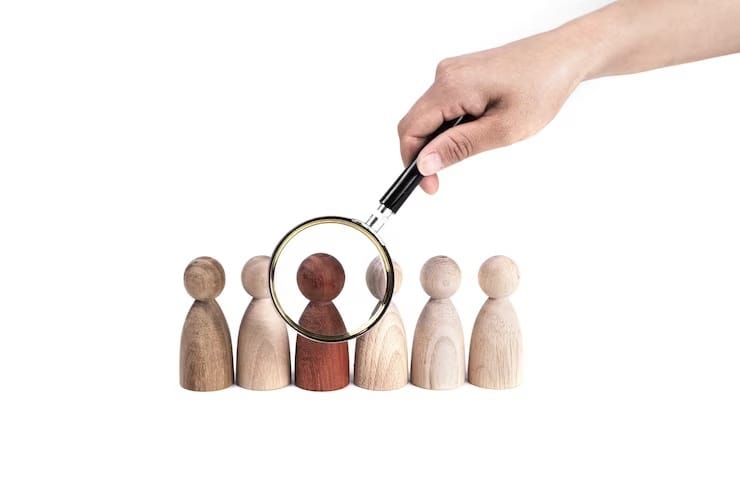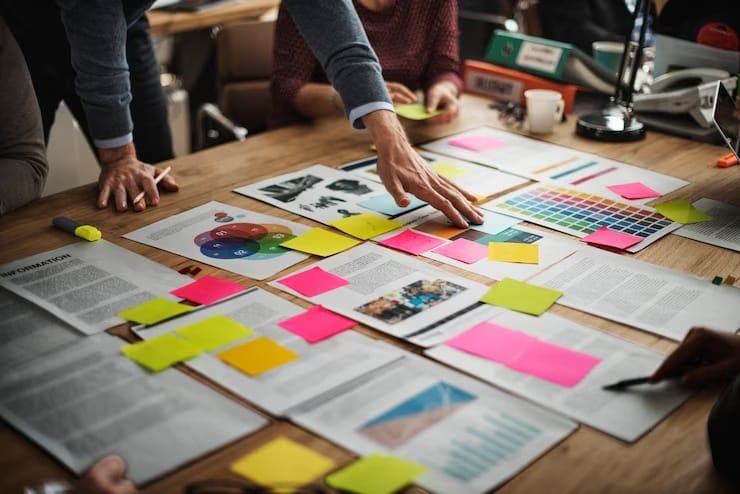The 10 Most Effective Types of Note-Taking
Unveiling the top 10 note-taking methods to skyrocket your productivity. Don't miss out on these game-changing strategies!
.jpeg)
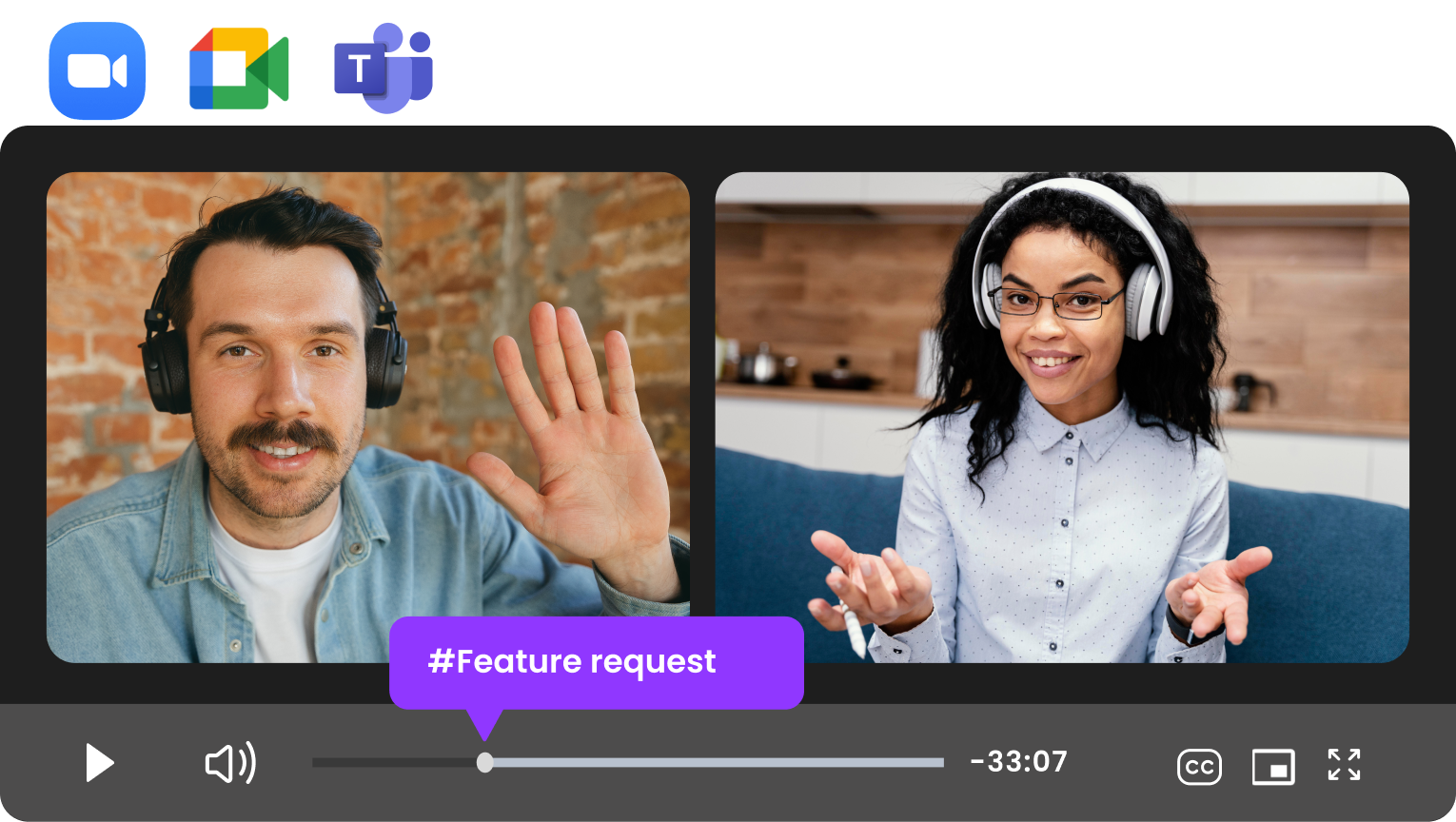 Sign Up for Free
Sign Up for Free.jpeg)
Image Source: katemangostar on Freepik
Taking notes effectively is an essential skill that can improve learning, increase productivity, and enhance comprehension in various settings.
However, with numerous techniques available, finding the right one that suits your style and needs can be overwhelming. Keep reading as we delve into the ten most effective note-taking methods and guide you in choosing the best one for your needs!
Why Should You Take Notes?
In today’s dynamic landscape, taking notes has transcended its traditional role as a mere memory aid. Note-taking is a multifaceted tool that can enhance comprehension, foster creativity, streamline tasks, and facilitate effective communication, especially in professional settings.
Whether you're attending a high-stakes meeting, brainstorming the next big idea, or planning a project, maintaining a record of discussions and thoughts can prove invaluable.
Here are the main benefits of note-taking:
- Enhanced retention: Writing down information requires you to process and reframe the material, which deepens your understanding and helps commit it to memory.
- Boosted engagement: Active note-taking keeps you engaged in the learning process, which reduces the likelihood of your mind wandering.
- Organized information: Notes act as an organized record of important points and ideas. This is crucial for reviewing and comprehending complex information, especially when you need to refer back to it later.
- Improved listening skills: Taking notes forces you to listen actively, enhancing your ability to discern key points from supplementary information.
- Increased Collaboration: Sharing notes with peers or colleagues can foster collaboration. It offers multiple perspectives on the same information and fills in potential gaps.
- Encourages follow-ups: Notes act as a tangible reference for follow-up actions, whether it’s a task assigned during a meeting or a topic you need to study.
- Provides a historical record: Notes create a historical record of your learning and discussions. Over time, they become a valuable repository of knowledge and ideas for you to revisit.
How to Choose the Best Note-Taking Method for You
Selecting the most effective note-taking technique is not one-size-fits-all; it’s about what fits you and your journey. Here’s how to identify the right one!
A. Consider Your Learning Style
Each individual has a distinct learning preference that makes certain note-taking techniques more effective than others. Recognizing and catering to these varied learning styles not only enhances the efficiency of note-taking but also optimizes the retention and application of knowledge in professional settings.
Here are the main types of learners:
- Visual learners
- Auditory learners
- Kinesthetic learners
Visual Learners
If you’re the kind who needs to 'see' information to grasp it and frequently rely on charts, graphs, and diagrams, then visual, non-linear note-taking methods like Mind Mapping can be your best friend.
Auditory Learners
Do you find yourself learning best when you listen, or when you’re able to verbalize information? If that's a yes, your note-taking could include methods that mimic this auditory flow. Think about recording lectures or discussions and then summarizing them. Even better, explain your notes to someone else or yourself.
Kinesthetic Learners
If sitting still isn’t your thing, and you learn best by doing, moving, or touching, you’re likely a kinesthetic learner. Interactive note-taking methods where you can physically engage with the material are your alley. This could mean creating flashcards or using digital platforms that promote a more hands-on approach.
B. Consider Your Needs
Tailoring your note-taking strategy to align with your personal goals, work environment, and the nature of the tasks ensures that the method you choose not only aids in efficient information retention but also supports your overall productivity and success.
Here are a few questions to ask yourself:
- Are you taking notes in class, at a meeting, or for personal use?
Context matters. If you're in a lecture hall, you might need a method of note-taking that captures a lot of information quickly, like the Cornell method. In a meeting, you might be better off jotting down key points and action items, like the T-Notes system.
- How much information do you need to capture?
The volume of information you need to capture also dictates your choice. For heavy, detailed content, you might need a more structured approach like the Outlining method. But if it’s a brainstorming session, a more fluid style could work better. In the end, taking notes is a flexible and dynamic process.
- Do you need to be able to review your notes quickly and easily?
If your notes are something you need to refer back to often, consider a method that makes your notes easy to review. Think of clear headings and bullet points — such as the Sentence and Outline methods. The goal is to make your review sessions as smooth and efficient as possible.
In the realm of learning, note-taking is a thread that can't be ignored. It's personal, it's dynamic, and it's downright essential. Experiment, mix and match methods, and most importantly, make it your own. Your brain (and your future self) will thank you.
For professional note-taking, an AI meeting automation platform like MeetGeek can be a game-changer, as it records, transcribes, analyzes, and summarizes your virtual meetings. Whether used as a standalone solution or in conjunction with other note-taking techniques, it’s an asset for any professional looking to optimize their note-taking process.
Here’s how MeetGeek can reconfigure your note-taking experience:
- Enhances traditional note-taking methods: MeetGeek complements traditional methods by providing a foundational transcript upon which you can build using your preferred style.
- Customizable and interactive: With MeetGeek, you can customize your note-taking experience to suit your professional needs. Tag important moments, highlight action items, and create custom templates that align with your objectives.
- Efficiency and accuracy: Say goodbye to frantic scribbling as your virtual meeting assistant ensures you never miss a detail. Its advanced AI captures and stores every word, meaning you can focus more on the discussion and less on taking notes.
- Collaborative and shareable: Easily share meeting transcripts and notes with team members through MeetGeek’s collaborative features, regardless of their individual note-taking preferences.
- Integrates with your workflow: MeetGeek seamlessly integrates with popular platforms and tools, ensuring it fits perfectly into your existing workflow.

The 10 Most Effective Note-Taking Methods
Dive into the world of note-taking, where each method has a unique flavor. Let’s explore some of the most popular methods that can transform the way you capture and retain information.
Here are 10 of the most effective note-taking methods:
- The Cornell Method
- The Outline Method
- The Mapping Method
- The Charting Method
- The Sentence Method
- The Flow-Based Method
- The T-notes Method
- The Box and Bullet Method
- The Rapid Logging Method
- The Voice Recording Method
1. The Cornell Method
Developed by education professor Walter Pauk at Cornell University, the Cornell note-taking method is a systematic, organized approach to note-taking that’s designed to help students capture, review, and retain information effectively.
It distinguishes itself by its unique layout, dividing the page into distinct sections for notes, cues, and summaries, which encourages active learning and efficient review.
How to Use the Cornell Method
The Cornell note-taking method requires you to divide your paper into three sections: a narrow column on the left, a wide column on the right, and a space at the bottom.

In the right column, take notes during the lecture or meeting. Afterward, use the left column to jot down key points, questions, or keywords. Finally, summarize the entire page in a few sentences at the bottom. You can then use an online proofreader to make sure there are no grammatical mistakes.
Benefits of the Cornell Method
Here are the main benefits of the Cornell method:
- Structured review: Having cues and summaries makes reviewing more efficient
- Enhanced recall: Writing summaries helps to reinforce the material
- Versatility: Great for lectures, reading assignments, and even meetings
2. The Outline Method
The Outline note-taking method is a hierarchical and organized approach to capturing information, known for its simplicity and effectiveness.
It involves structuring notes in a way that reflects the main topics, subtopics, and details through indents and bullet points, which makes it easy to differentiate key points and supporting information at a glance. This is also the method MeetGeek’s algorithm uses to produce meeting notes that check every box in terms of relevance, accuracy, and structure.
How to use the Outline Method
Start with the main topic or heading. Underneath, write subheadings or subtopics, and then list bullet points or short sentences related to each subheading.

Each point should be more specific than the one above it.
Benefits of the Outline Method
Here are the main benefits of the Outline method:
- Clarity: Separates main ideas from details
- Easy review: Makes skimming through notes for review seamless
- Organizational ease: Helps in organizing complex information by breaking it down into sub-topics
3. The Mapping Method
The Mapping method of note-taking, also known as mind mapping, is a visual approach to capturing and organizing information. This approach is particularly effective for visual learners and those who prefer a more holistic perspective.
How to Use the Mapping Method
Grab a blank sheet, and in the center, write your central topic. From here, let your creativity flow. Draw branches for subtopics and further branches for details related to those subtopics.

Different colors, symbols, and even illustrations are not just allowed, they’re encouraged!
Benefits of the Mapping Method
Here are the main benefits of the Mapping method:
- Visual learning: Ideal for visual learners.
- Brainstorming aid: Great for brainstorming sessions or creative projects.
- Memory enhancement: Helps in making connections, thus enhancing memory.
4. The Charting Method
The Charting note-taking method is a structured approach that involves organizing information into columns and rows, similar to a spreadsheet or table. It’s a practical choice for lectures or meetings with content that fits well into categories.
How to Use the Charting Method
For the charting note-taking method, create a table where each column represents a category of information you expect to encounter.

As you take notes, fill in the corresponding columns. This works well for lectures or meetings with distinct, well-organized information.
Benefits of the Charting Method
Here are the main benefits of the Charting method:
- Perfect for statistical or categorized information
- Makes comparing different categories straightforward
- Reduces time spent on organizing notes later
5. The Sentence Method
If you need an approach that is ideal for fast-paced environments where you need to jot down information quickly but still prefer a more traditional style of note-taking, this one’s for you.
How to Use the Sentence Method
The Sentence note-taking method is simplicity at its finest. Just write down each new and important piece of information as a separate sentence.

Number them as you go, or leave them as a flowing list — the choice is yours.
Benefits of the Sentence Method
Here are the main benefits of the Sentence method:
- Ideal for fast-paced lectures or meetings
- Easy to start with minimal preparation
- Adaptable to almost any type of content
6. The Flow-Based Method
This method lets your notes take on a more organic form, connecting ideas, concepts, and information freely. Rather than sticking to a strict structure, allow your notes to evolve naturally as your meeting progresses.
How to Use the Flow-Based Method
Here’s how to successfully use the Flow-Based method:
- Start with a blank canvas—a blank page without lines is enough.
- Write down the main ideas as they come up.
- Use arrows, lines, or drawings to show connections between points.
- Include side notes to highlight any additional points or personal thoughts.

Benefits of the Flow-Based Method
Here are the main benefits of the Flow-Based method:
- Encourages creative thinking and linking ideas naturally
- Adapts easily to the flow of a lecture or meeting
- Comprehensive, since it captures both facts and the relationships between them
7. The T-Notes Method
The T-Notes method is a simple way to juxtapose questions with answers or topics with their detail, which helps in reviewing and quizzing yourself on the material.

For meetings, this approach can simplify the note-taking process, since it makes it easy to use the meeting agenda as a template for meeting notes.
How to Use the T-Notes Method
The T-Notes note-taking method divides your page into two columns. Here’s how:
- Create a large ‘T’ on your page.
- Write topics or main ideas on the left.
- Expand on those ideas on the right side.
Benefits of the T-Notes Method
Here are the main benefits of the T-Notes method:
- Its level of organization helps to separate main ideas from details
- Makes it easy to review key points
- Works well for lectures, meetings, or studying
8. The Box and Bullet Method
The Box and Bullet Method is a focused and organized approach to note-taking that is especially useful for summarizing meetings, lectures, or readings where distinguishing between main topics and their nuances is essential.

How to Use the Box and Bullet Method
The Boxing method involves using boxes and bullets to organize information hierarchically. Here’s the approach:
- Draw boxes and write the main ideas inside them.
- Under each box, list bullet points with supporting details.
Benefits of the Box and Bullet Method
Here are the main benefits of the Box and Bullet method:
- Provides a clear visual hierarchy of information
- Facilitates quick scanning for important points
- Helps in organizing complex information neatly
9. The Rapid Logging Method
The Rapid Logging method, often associated with the Bullet Journal system, emphasizes brevity and clarity, allowing you to swiftly jot down thoughts, tasks, and ideas in a concise, organized manner. It's particularly effective for those who need to balance note-taking with active participation or multitasking.
How to Use the Rapid Logging Method
Rapid Logging is about capturing information swiftly and efficiently. Implement it this way:
- Write down information as concise sentences or phrases.
- Use symbols (e.g., bullets, asterisks) to categorize information.
- Feel free to add to-do items or reminders alongside your notes.
Benefits of the Rapid Logging Method
Here are the main benefits of the Rapid Logging method:
- Ideal for capturing a lot of information quickly
- Keeps notes clean and uncluttered
- It’s highly practical since it integrates notes with actionable items
10. The Voice Recording Method
The Voice Recording Method of note-taking leverages audio technology to capture lectures, meetings, or thoughts verbally, offering a hands-free alternative to traditional note-taking.

It allows for full attention on the speaker while ensuring that no details are missed, with the added advantage of revisiting the material as often as needed.
How to Use the Voice Recording Method
Instead of writing, this method involves recording audio. Here’s how to use it effectively:
- Get a good quality recorder, but your smartphone’s recording feature can work wonders as well.
- If possible, you can also make verbal notes by stating your thoughts or summaries aloud.
- Optionally, transcribe or summarize the recording afterward.
Benefits of the Voice Recording Method
Here are the main benefits of the Voice-Recording method:
- Allows you to focus on listening without the distraction of writing
- Captures the entirety of a lecture or meeting
- Enables you to revisit specific parts as needed
Tips for Effective Note-Taking
Taking notes is more than just a passive activity; it’s an art and a science that, when done effectively, can transform your learning and retention abilities. Here are some practical tips that can elevate your note-taking game!
1. Be Prepared
Being caught off guard is the last thing you want in a class, meeting, or lecture. Always come equipped with the essentials: pens, notebooks, or your preferred digital device. Having backup materials is also a smart move — extra pens, chargers, or batteries can be lifesavers.
2. Review the Necessary Material
Get a head start by reviewing related materials or your previous notes. This warm-up activity primes your brain and helps you establish connections with new information you’re about to receive. It's like stretching before a run; it prepares you for better performance.
3. Pay Attention
Distractions are everywhere, so find your focus sweet spot. If you're in a physical setting, choose a seat with minimal distractions. For virtual settings, mute notifications and close irrelevant tabs. Being fully present is half the battle won.
In an ideal world, communication should happen without any interruptions or distractions. And having a virtual meeting assistant at your fingertips can bring you one step closer to that.
While you’re busy attending virtual conversations like normal, MeetGeek takes care of the note-taking part, so you can fully engage and participate in any meeting!

4. Focus on the Main Points
You can’t capture everything, so hone in on the main ideas. Listen for cues like emphasis, repetition, or summarizing statements — these often point to critical concepts.
5. Ask Questions If You Don't Understand Something
Never shy away from asking questions. Clarification not only aids your understanding but can also provide additional insights. It demonstrates engagement and often leads to a richer understanding of the topic.
6. Organize your Notes
A cluttered notebook can lead to a cluttered mind. Structure your notes with a clear title, date, and coherent sections. Whether it’s bullet points, paragraphs, or numbered lists, find a structure that’s easy for you to navigate and review.
Use Headings and Subheadings
Headings and subheadings are your roadmaps through the notes. They provide a clear hierarchy and make it easier to locate information later down the line.
Use Symbols and Abbreviations
Symbols and abbreviations can speed up your note-taking process significantly. However, ensure they are symbols and abbreviations you’ll understand when you revisit your notes.
PRO TIP: Develop your shorthand. Common abbreviations like ‘e.g.’ for ‘for example’ or symbols like ‘→’ for ‘leads to’ can save time, but if you need abbreviations for your particular industry, you can create them from scratch.
Use Color to Highlight Important Information
Colors aren’t just for aesthetics; they are powerful memory aids. Use different colors to highlight key concepts, questions, or action items. This not only makes your notes more visually appealing but also helps in quicker information retrieval.
Rewrite Your Notes in Your Own Words
This is where deep learning happens. Rewriting notes in your own words forces you to process and understand the information thoroughly. It’s a robust method to reinforce learning and improve memory retention.
7. Collaborate with Others
Two heads are often better than one. Sharing and discussing notes with peers can fill in gaps and offer new perspectives. Others might have captured details you missed, and explaining your notes to someone else is a great way to reinforce your understanding.
Master Note-Taking with MeetGeek!
From the structured precision of the Outline method to the creative expansiveness of Mind Mapping, each technique offers unique benefits tailored to different needs and learning styles.
The key is to experiment and find what works best for you, remembering that the ultimate goal is to enhance understanding, retention, and application of the information.
In the spirit of embracing innovative and effective methods, why not take your note-taking to the next level with an AI meeting automation platform? Whether you’re a student, a professional, or someone looking to improve your note-taking skills, MeetGeek offers an intelligent, efficient, and adaptable solution. Embrace the future of note-taking and try MeetGeek for free!
Get Started with Meetgeek
Turn meetings from a necessary evil into a positive and rewarding experience
.png)

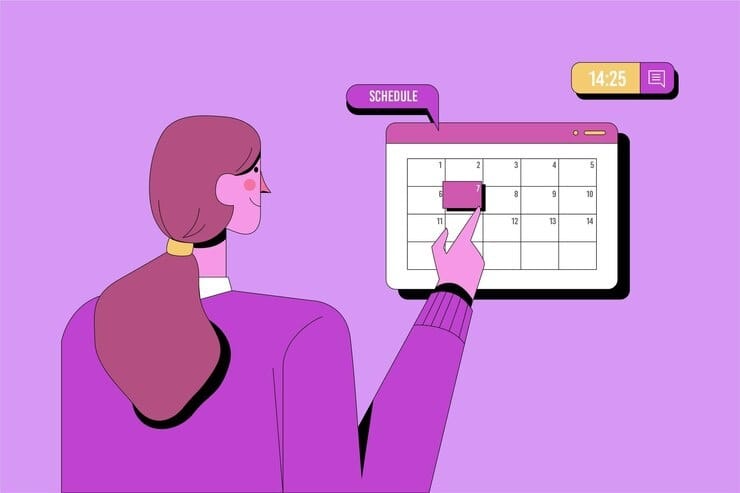
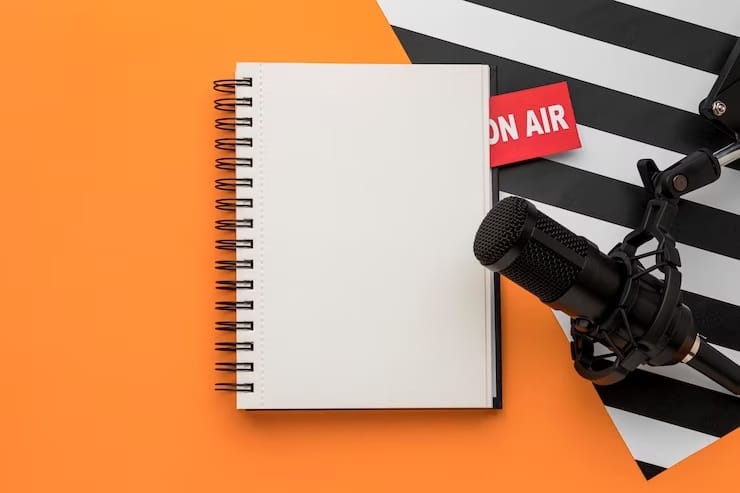
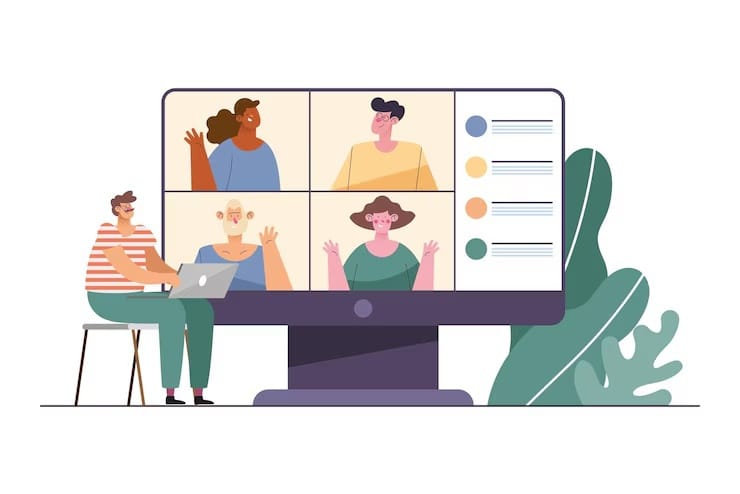



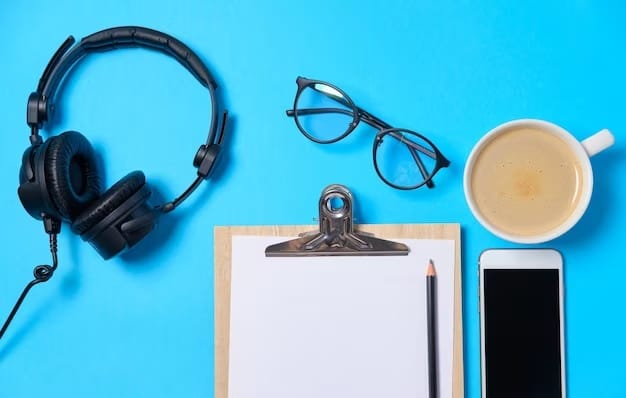
.jpeg)



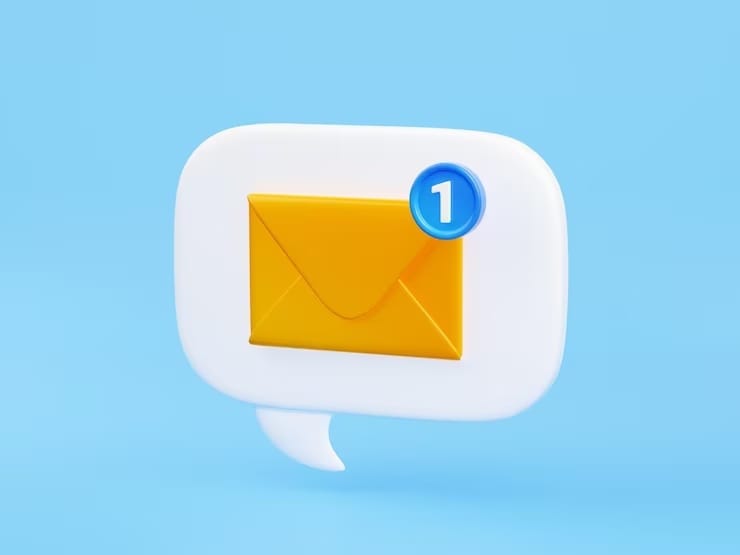

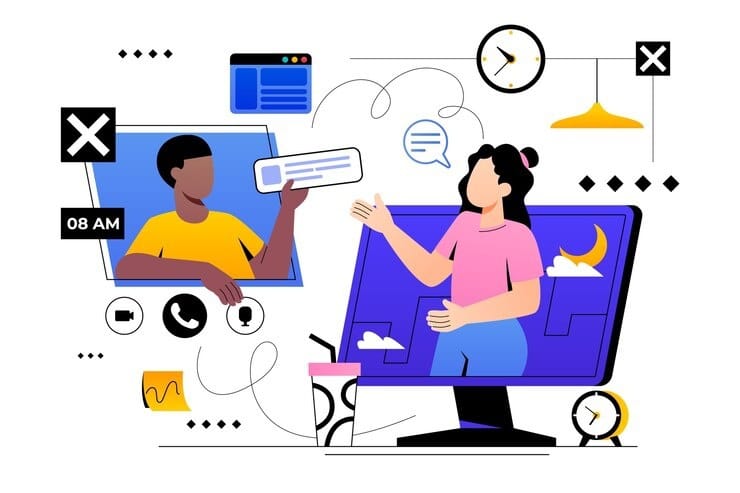

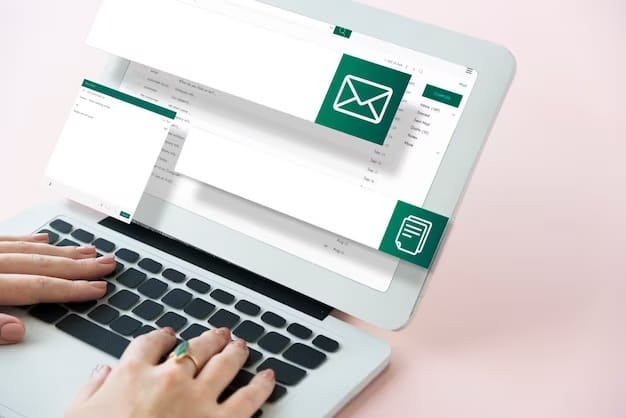



















.jpeg)
